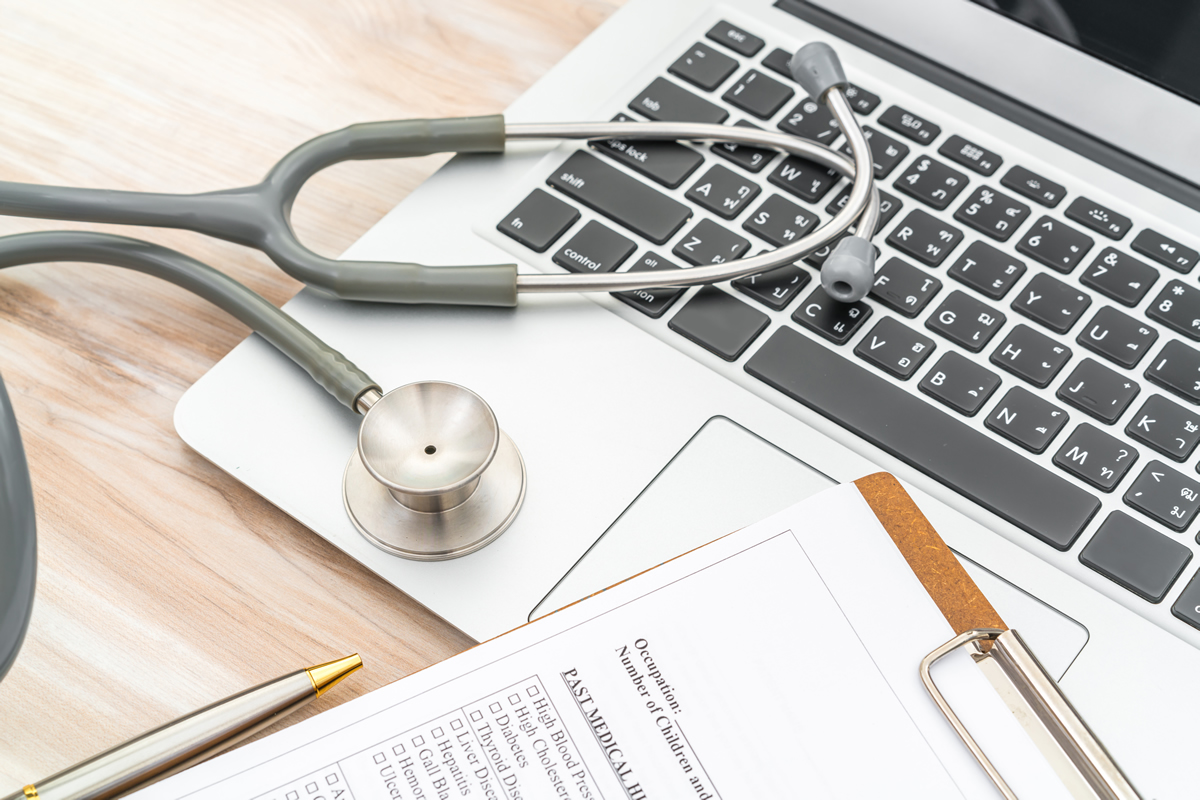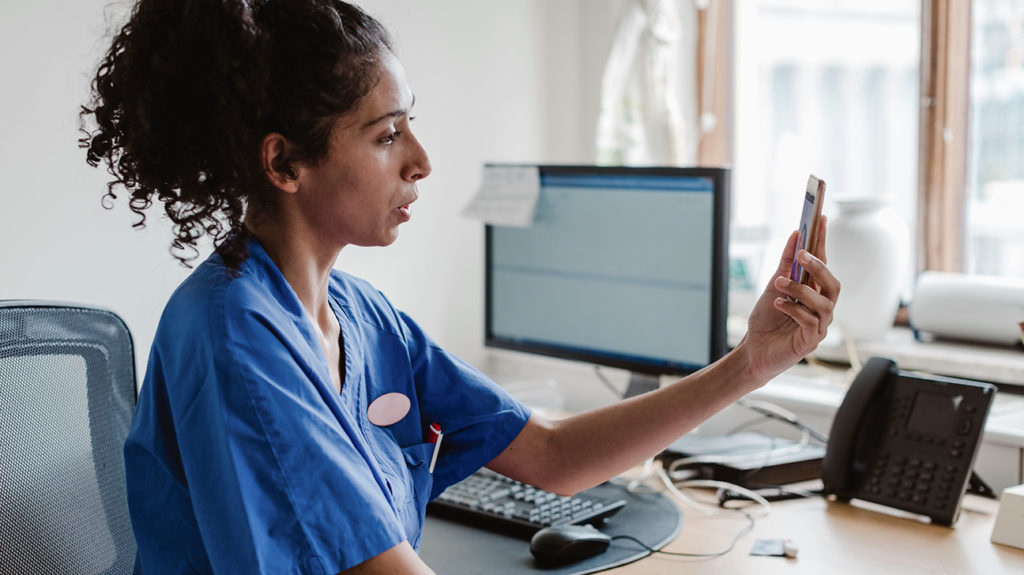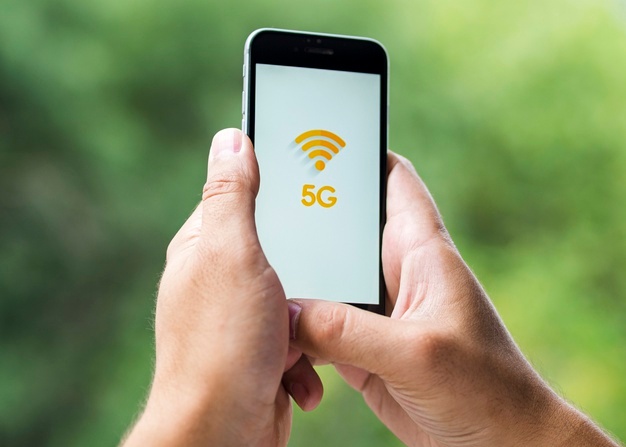
What is Patient Engagement?
August 24, 2021
How to evaluate the effectiveness of telemedicine?
October 2, 2021Telemedicine, the provision of health services via electronic communication media, has been around for decades. However, the uptake of telemedicine was previously slow until the start of the COVID-19 pandemic.
Health care seekers and providers have recognised the benefits of using telemedicine, as its use increased due to the pandemic. Increasing demand for telemedicine, along with policy changes and improved reimbursement by insurers, are leading to a revolution in healthcare provision.
Recent innovations such as the 5G network and connected health monitoring devices, powered by artificial intelligence (AI), are empowering remote healthcare provision.

Ten ways telemedicine is changing healthcare
1. Improved access
The use of telemedicine improves access to healthcare and specialist physicians in different locations. This is especially important in rural and lower-resourced areas. The ability for healthcare professionals to work remotely and see more patients in the same time-frame is one strategy that can be used to combat shortages of healthcare staff around the world.
2. Faster and more convenient consultations
Healthcare seekers are able to schedule consultations at a time and place more convenient to them, with reduced waiting times.
3. Time and cost efficiencies for providers
The use of telemedicine can provide efficiency savings for healthcare practices by streamlining workflows and reducing overheads. Doctors are able to triage patients to decide when an in-person consultation is required, reducing the burden on busy clinics and emergency departments. Missed appointments, which waste valuable clinical time, are also reduced.
4. Expanded patient base
Telemedicine enables healthcare providers to reach a larger patient base over a wider geographical area.
5. Time and cost savings for patients
Patients save time travel costs by seeing their healthcare provider virtually. The opportunity to remotely supervise rehabilitation enables hospital stays and associated costs to be reduced.
6. Improved management of chronic diseases
Utilising remote monitoring tools can improve the management of chronic conditions such as hypertension and diabetes. Regular, auto-transmitted measurements enable doctors to monitor trends in patients’ health status, rather than relying on intermittent data or patient reporting.
7. Earlier interventions to improve outcomes
Remote monitoring and more frequent communication with patients improves the detection of warning signs which may indicate the need for early interventions. This can improve outcomes, especially for time-critical treatments.
8. Increased collaboration between healthcare providers
The use of video-conferencing and easier sharing of medical records increases collaboration among health professionals, with the potential to improve patient outcomes.
9. Improved follow-up and home support
Patients no longer have to wait until their next in-clinic appointment to address concerns they may have. Improved follow-up can optimise compliance with treatment and recommended lifestyle changes.
When physical home visits are not practical, a teleconsultation provides an opportunity to communicate with patients in their home environment. This is particularly beneficial for children, the elderly and those with mobility or mental health challenges, and may provide doctors with insights into living conditions which may impact a patient’s health.
10. Distribution of care
As telehealth advances, healthcare will increasingly be delivered as much as possible where the patient is, rather than requiring repeated visits to larger hospitals. Nursing homes and smaller clinics will be able to connect with specialists remotely to improve the experience and outcome for patients.

Challenges associated with telemedicine
In order to maximise these benefits, the following challenges associated with the use of telemedicine must be addressed:
- Assuring the most suitable method of healthcare delivery is chosen; telemedicine may not be suitable for some consultations and patients.
- Patient safety issues such as obtaining informed consent, obtaining a phone number in case of internet disconnection, and recording physical location (especially if not accessing from home address) in case of emergencies.
- Data security and protection issues
Future developments in telemedicine
The recent 5G upgrade provides much faster data transfer with little or no latency. This will improve video consultation experience and can also support many more connected smart medical devices, as part of the “Internet of Medical Things” (IoMT).
Connected devices enable real-time monitoring of many conditions and may also provide a large data pool which, in combination with AI, can be useful in developing new innovations.
5G speeds also make remote interventions with surgical robotics much more practical. This technology has already been used successfully for 12 telerobotic spinal surgeries.
RECENT POSTS
- 7 Benefits of Medoment RPM for Your Practice
- Remote Patient Monitoring for Chronic Disease Management
- Can telemedicine help reduce the impact of cardiovascular diseases?
- Can telemedicine be used during pregnancy?
- Can Telemedicine Improve Diabetes Management?
- How to conduct a physical exam via telemedicine
- How can MEDOMENT Optimise Patient Engagement?
- Can patient engagement portals improve healthcare?
- How to choose the right telemedicine software partner
- How to invest in telemedicine software

